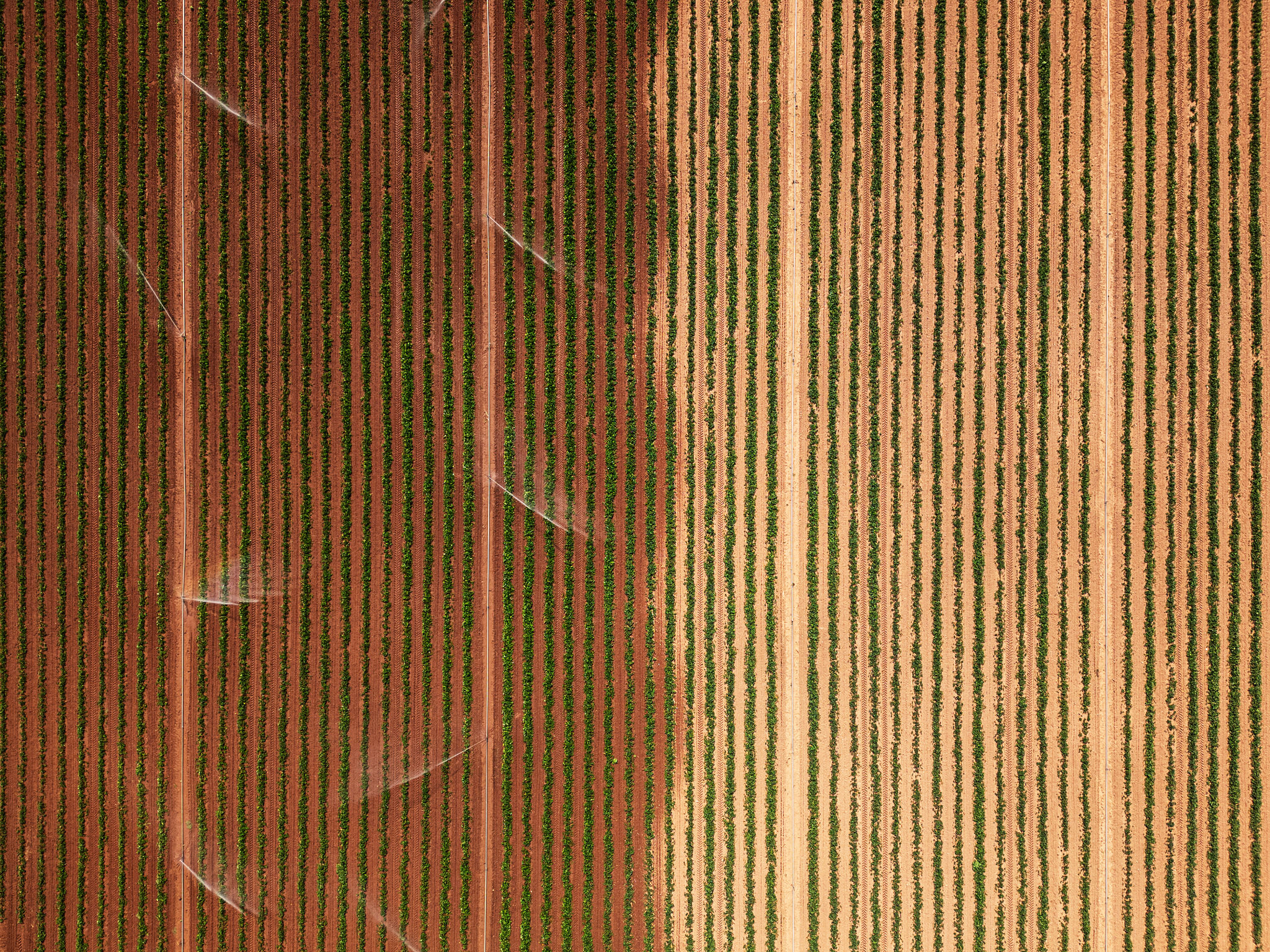Breaking Down Myths: Are Drones Really Effective for Aerial Surveys?
Introduction to Aerial Surveys
The use of drones for aerial surveys has been a topic of much debate. With their increasing popularity, it's essential to understand whether these devices truly deliver the benefits they promise. Are drones genuinely effective for aerial surveys, or are there misconceptions that need addressing?
Aerial surveys have traditionally relied on manned aircraft, which can be costly and time-consuming. Drones offer a more convenient alternative, but do they match up in terms of accuracy and efficiency?

Accuracy and Precision
One of the primary concerns regarding drones is their accuracy in data collection. Critics argue that drones may not provide the precision required for detailed surveys. However, advancements in drone technology have significantly improved their accuracy. Equipped with high-resolution cameras and GPS technology, drones can capture detailed images and data with remarkable precision.
Additionally, drones can access hard-to-reach areas, providing a comprehensive overview that traditional methods might miss. This ability to gather data from diverse angles enhances the overall quality of the survey.

Cost-Effectiveness
Another myth surrounding drones is that they are an expensive investment. While the initial purchase cost can be high, drones often prove to be more cost-effective in the long run. Traditional aerial surveys require aircraft, pilots, and extensive planning, which can quickly add up in expenses.
Drones, on the other hand, reduce these costs significantly. They require fewer personnel, less fuel, and can be deployed quickly without the need for extensive logistical planning. This efficiency translates into savings, making drones a viable option for many businesses.

Safety and Environmental Impact
Safety is always a priority in aerial surveys. Traditional methods involve risks associated with manned flights, including potential accidents. Drones mitigate these risks by allowing remote operation, ensuring the safety of personnel.
Moreover, drones have a lower environmental impact. They consume less fuel and produce fewer emissions compared to manned aircraft, aligning with sustainable practices. This makes drones an attractive option for environmentally conscious companies.
Limitations and Challenges
Despite their advantages, drones are not without limitations. Weather conditions can affect their performance, limiting their use in certain environments. Regulations and restrictions on drone flights can also pose challenges, requiring operators to stay informed and compliant.
Additionally, the need for skilled operators and maintenance cannot be overlooked. Training and regular servicing are essential to ensure drones operate at optimal performance levels.

Conclusion
In conclusion, while there are myths surrounding the effectiveness of drones for aerial surveys, the reality is that they offer numerous advantages. From improved accuracy and cost-effectiveness to enhanced safety and reduced environmental impact, drones are proving to be a valuable tool in various industries.
As technology continues to evolve, drones will likely become even more efficient and accessible, further solidifying their role in modern aerial surveying. For businesses considering this technology, understanding the benefits and limitations is crucial in making an informed decision.
